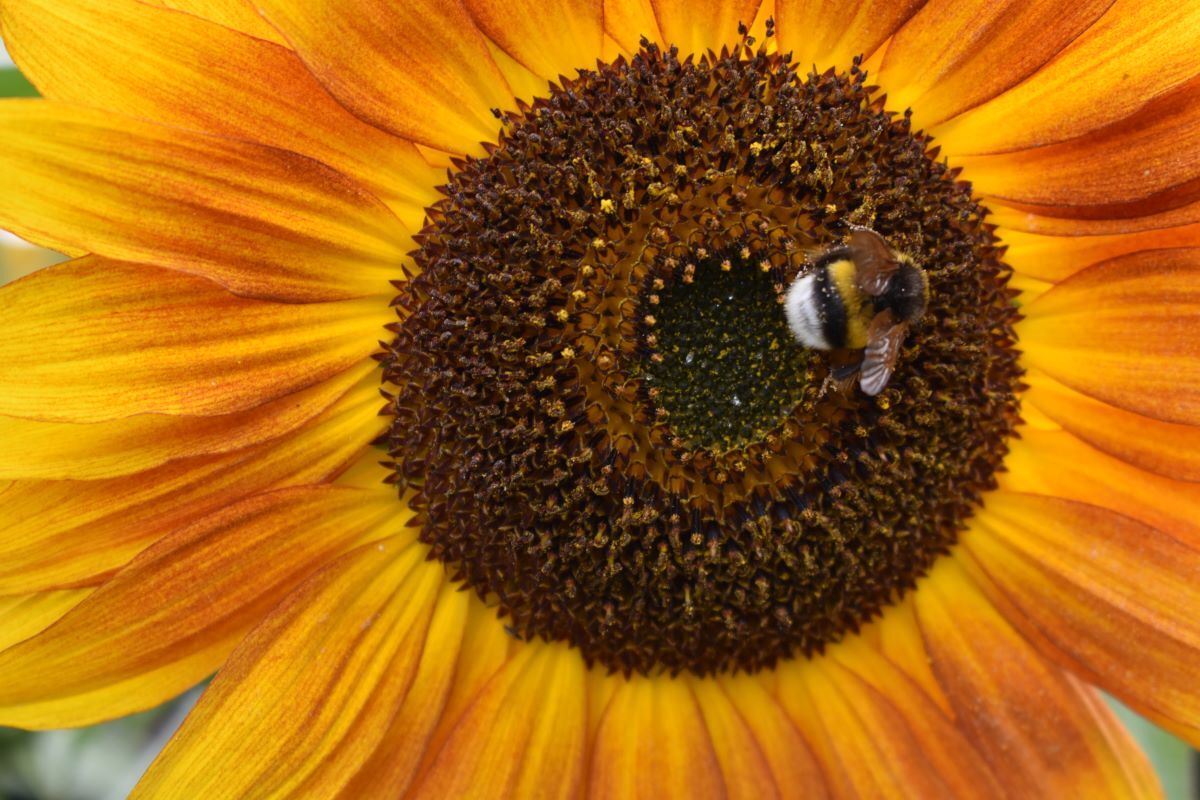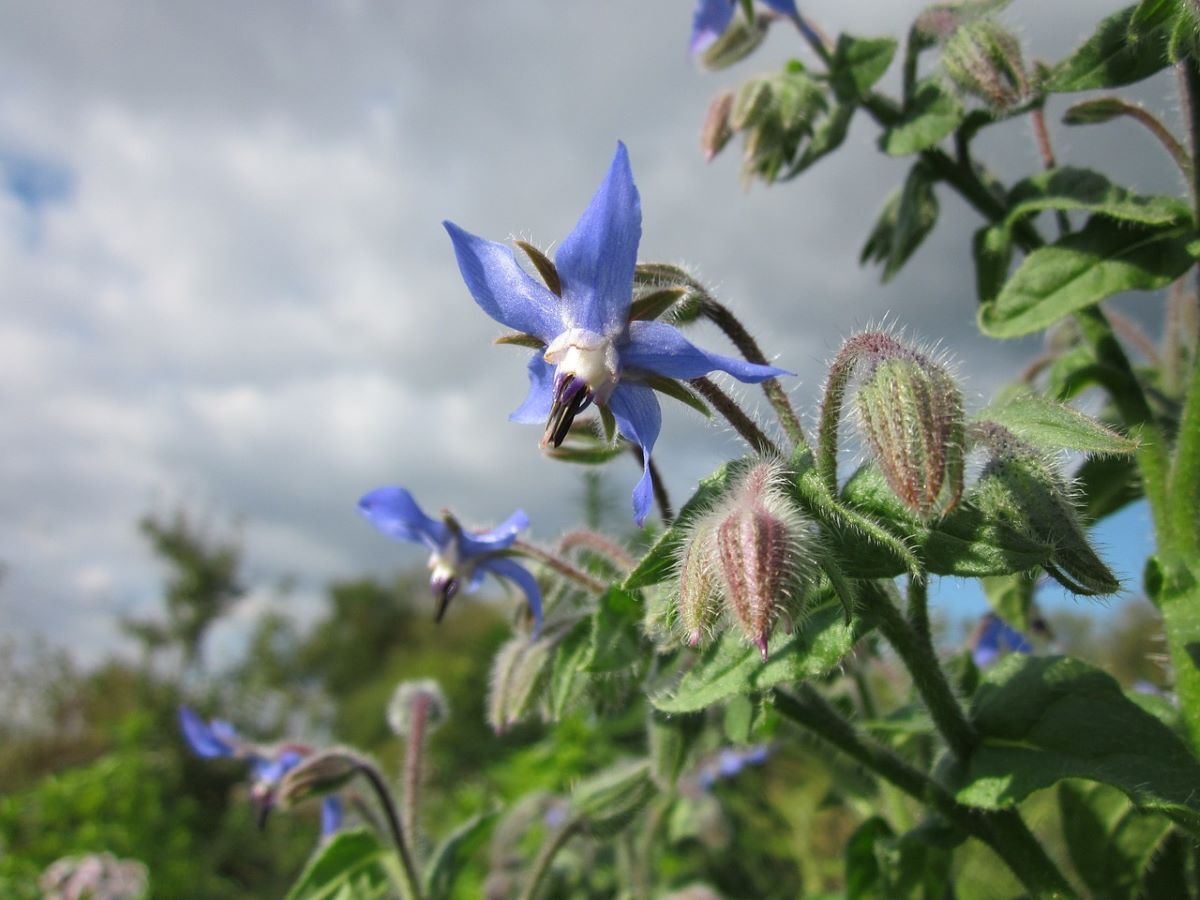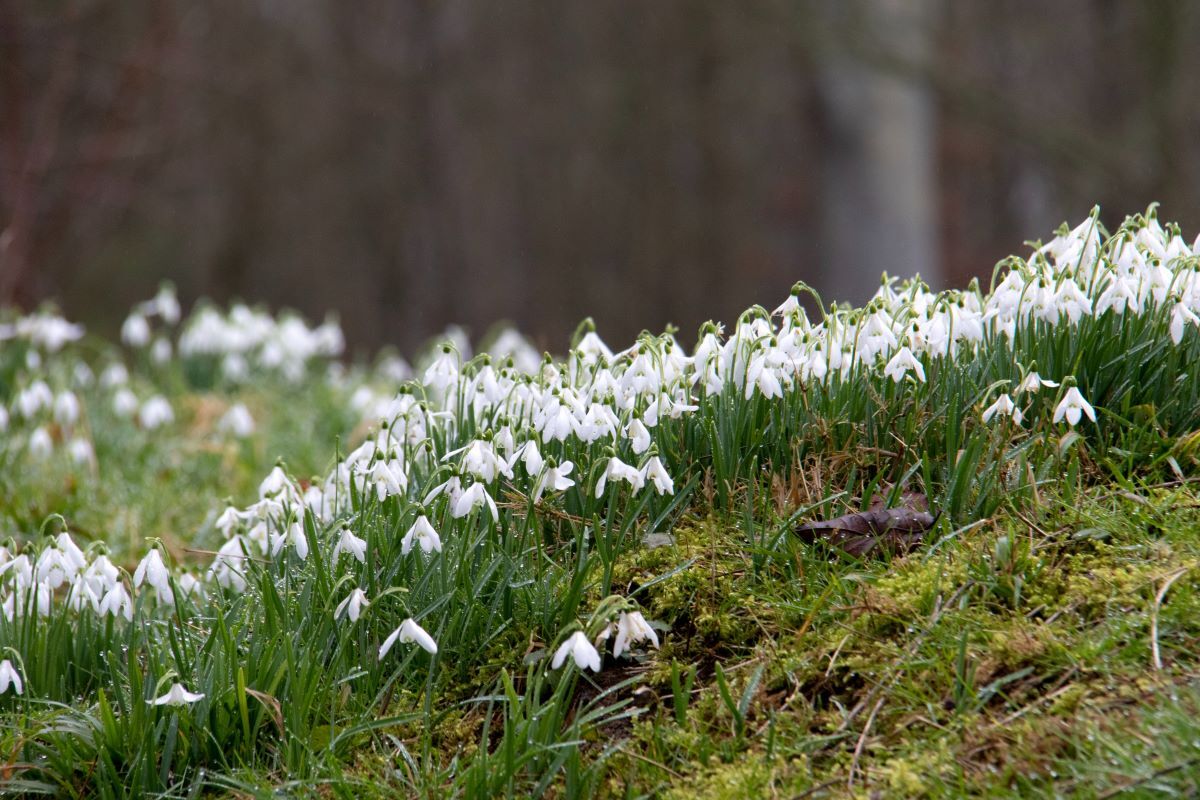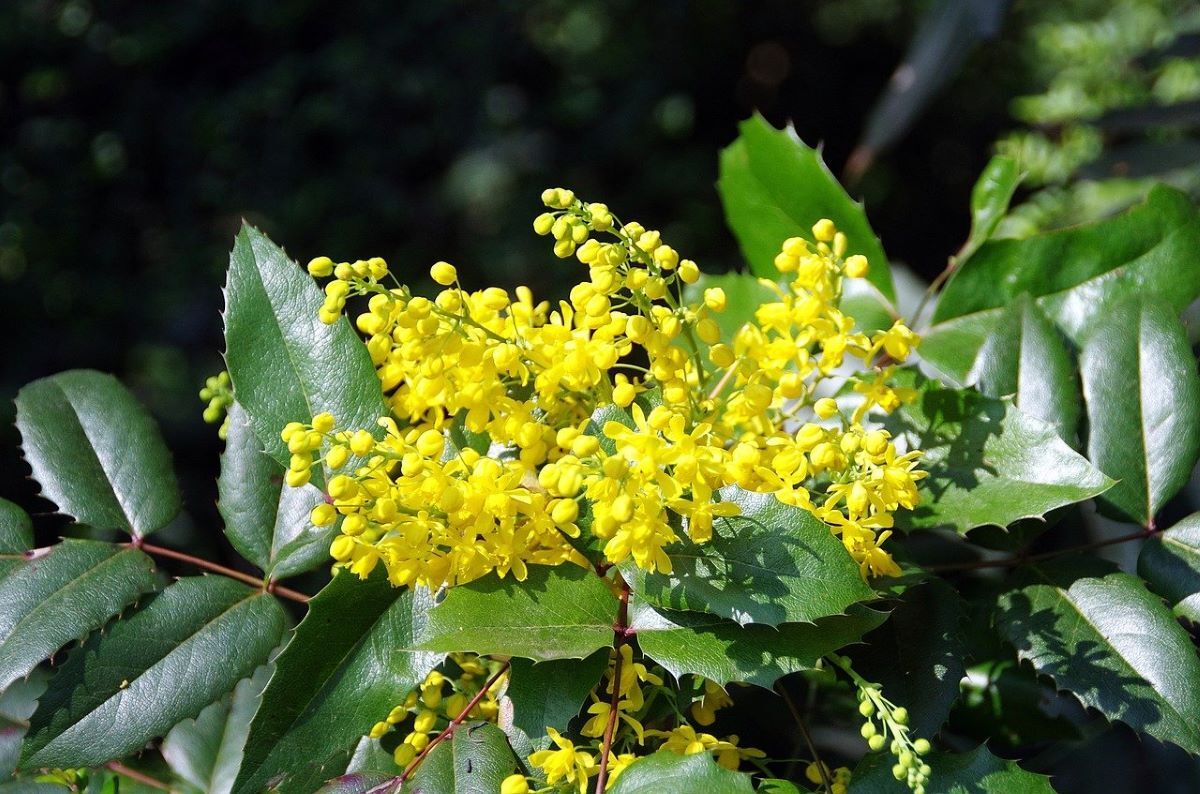The hours of daylight are slowly beginning to increase again and nature is responding to the lengthening days: spring is not all that far off. In February while the trees may still be stark and leafless, look really closely at the branches and you will almost certainly see the buds, the promise of this year’s new leaves. Underground, bulbs and shoots are growing except in the hardest frosty ground, and many herbaceous plants are already beginning to show new growth.
Snowdrops, early daffodils and primroses are appearing in the hedge banks all over the West Country. If we get a mild spell, some toads may emerge from hibernation to spawn and in some places, the rooks are already beginning to prepare for the breeding season; they are usually amongst the earliest to nest.
Nestboxes
Now – in winter – is the best time to put up a nestbox so that birds get accustomed to it being there and can reconnoitre it. The RSPB website has good advice about which kinds of boxes suit which birds, and where best to site them. If you can afford it, boxes fitted with small cameras are now available, which you can connect (wirelessly or not) to your laptop or phone, and spend hours watching the comings and goings once there are chicks being fed in the nestbox. Springwatch in your own back garden!
Winter forage: plan ahead
In my garden one mild day before Christmas, I became aware of a constant background hum: the buzzing of dozens of honeybees on a mahonia bush. The individual mahonia flowers are very small but sweetly scented, bright yellow, and borne on long spikes: all things which make them easily locatable by any insects taking advantage of better weather to forage. The number of bees on the mahonia that day showed the real value to wildlife of winter-flowering plants; and mahonia’s blue-black berries are also a good food source: blackbirds love them.
Besides mahonia, other plants which offer potentially life-saving winter forage for bees are:
- winter-flowering heathers (erica);
- winter-flowering honeysuckle (lonicera fragrantissima) which has creamy-coloured flowers thinly distributed along the stems; it is quite a vigorous bush but can be pruned to keep it reasonably small;
- viburnum (v. bodnantense “Dawn” is one of the best for scent) which has clusters of pink flowers;
- sarcococca – commonly known as Christmas box – which has tiny white flowers, almost hidden under the leaves, but with an amazing sweet scent; and
- winter cherry (prunus subhirtella), whose delicate pale pink flowers are loved by bumblebees.
Then there are the ‘film stars’ like witch hazel (hamamelis), with spidery yellow or orange flowers; and some varieties of daphne, with pink or white starry flowers which open from what look like miniature bunches of grapes. The film stars are expensive, but most of the others can be bought more cheaply as reasonably small shrubs, if you have the patience to wait for them to grow larger.
You might want to put buying one of these plants on a ‘don’t forget’ list for later in the year.
Spring and summer forage: plan ahead!
From February onwards, garden centres and supermarkets start selling small plants like ‘primroses’ (not usually real primroses but their more brightly-coloured relatives), winter pansies and violas, and pots of bulbs like crocuses, which will all offer nectar for any bees out foraging during mild spells.
While you’re looking at plants, don’t forget seeds. Even if you don’t have any gardening experience, many plants are very easily grown from seed and are wonderful for wildlife. The best time to buy seeds is early in the year, while they are still fresh and widely available.

Some of the easiest and the best for wildlife include:
- sunflowers – even the tall kinds will grow well in a reasonably large pot if that’s all you have space for, and bumble bees love them;
- marigolds: the best ones for insects are calendula, sometimes called ‘pot marigold’ or ‘English marigold’, and are simple ‘daisy’ types;
- ‘poached egg plant’ (Limnanthes) which have shallow cup-shaped yellow and white flowers, very popular with hoverflies (harmless insects whose larvae eat greenfly);
- cosmos, which has pretty daisy-like flowers in many shades, from white – which seems to be the bees’ favourite – to pink, maroon, and even yellow.
Many people know that ‘bees like blue flowers’, and I have found two kinds which are both very popular with bees. One is borage, which has stiff, hairy stems and beautiful blue star-shaped flowers, and is one of very few species which can refill its nectaries very quickly, so it’s really useful for bees; and a more unusual one is cerinthe, with blue-grey leaves and small, purplish-blue trumpet-shaped flowers. Both borage and cerinthe seed themselves everywhere, so once you have them in the garden it can be difficult to get rid of them again, but the compensation is seeing how many bees visit them.

Seeds of all these plants can be sown outdoors later in the year or started off in pots on a windowsill from February or March onwards.
Little and often
If your garden is looking rather sorry for itself by late winter, you may be thinking about tidying up. However, early in the year there are probably still weeks of cold weather to come, and if you disturb or unintentionally uncover any animals sheltering amongst dead leaves, they will almost certainly die. So if you really feel you have to tidy up, it’s best to do a little and often, rather than one huge clean sweep. Similarly, if you have a compost heap in your garden, it’s best to leave it untouched until the spring has truly arrived, because there could be creatures of all kinds overwintering in its relative warmth.
Much wildlife thrived in 2020 because there was less human disturbance, and a second quiet spring may offer another opportunity for the natural world to recover from the damage we humans cause. Let’s make sure our gardens contribute to that process!






